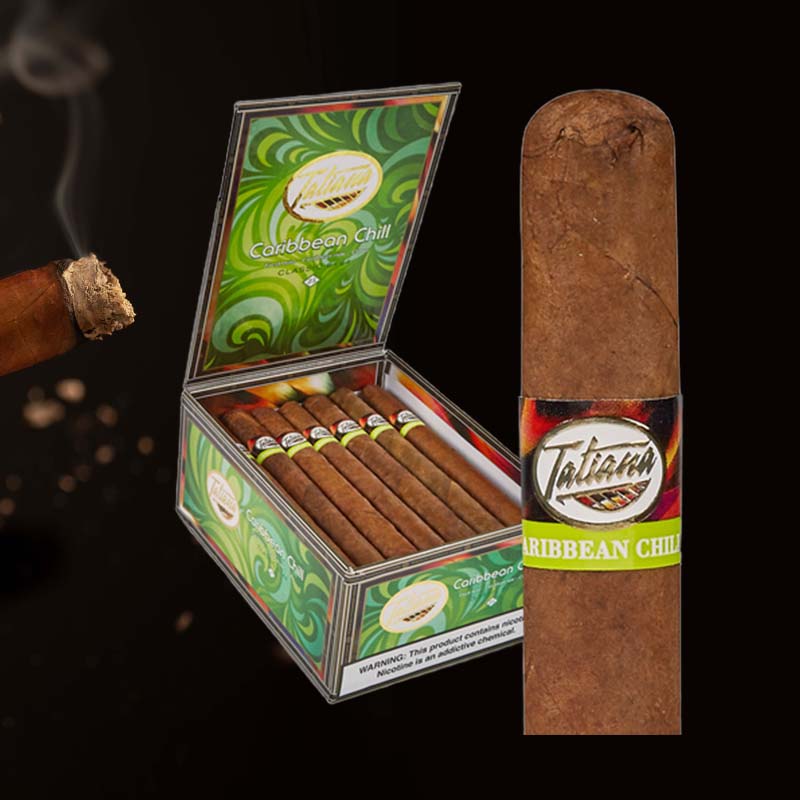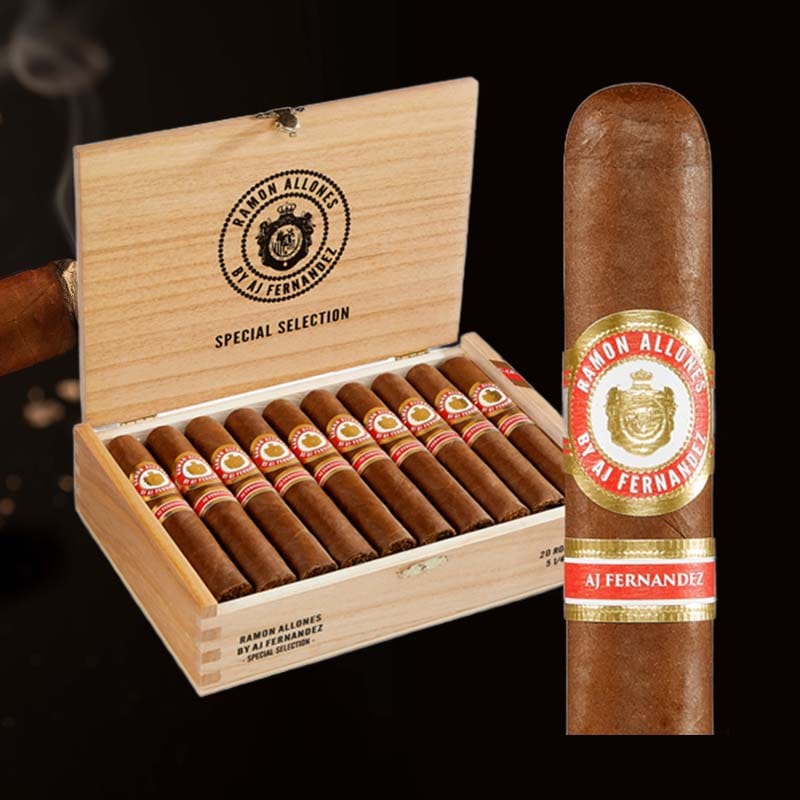How butane torch lighters work
As an avid cigar enthusiast and someone who enjoys exploring the mechanics behind everyday tools, I’ve always found butane torch lighters fascinating. There’s something intriguing about how they not only ignite but also produce a flame that’s precise and powerful. In this article, I’ll take you through the inner workings of butane torch lighters, revealing what really fuels that beautiful flame. Whether you’re lighting up your favorite cigar or using them for culinary purposes, understanding how these lighters work can enhance your overall experience.
The Basics of Butane Torch Lighters
First things first, let’s brush up on the basics. Butane torch lighters are more than just flashy gadgets; they feature remarkable engineering designed for reliability and versatility.
Key Features
- Wind Resistance: Their jet-like flame is ideal for outdoor environments.
- Adjustable Flame: Tailorable to fit any lighting needs.
- Fuel Efficiency: They provide longer-lasting flame than traditional lighters.
- Variety of Designs: Available in various styles ranging from elegant to rugged.
The Mechanism Behind the Flame
Knowing what happens behind the ignition button can heighten your appreciation for these lighters. It’s where science meets craftsmanship.
Ignition Button Mechanism
When I press the ignition button, it activates a small mechanism that produces a spark. This spark ignites the butane gas, releasing a steady jet of flame. The process is swift, making it easy to engage without delay.
How Butane Lighters Work
Understanding the fuel is critical for a deeper appreciation of these lighters.
Butane Gas Combustion
Butane is a highly combustible gas; when it comes into contact with air and is ignited by a spark, it burns cleanly, producing a steady and hot flame. This is why I rely on these lighters for my cigars and even for flare-ups in the kitchen.
Components of Butane Torch Lighters
The simplicity of design does not undermine the sophistication involved. Let’s break down its key components.
Fuel Tank
The fuel tank holds the butane gas under pressure, ready for combustion whenever needed.
Nozzle
The nozzle focuses the gas flow into a fine jet, converting it into a flame that’s easy to control.
Flint Wheel or Piezoelectric Ignition System
These systems produce the spark necessary for ignition. I prefer lighters with flint wheels for their classic feel, but piezoelectric systems offer reliable, maintenance-free operation.
Flame Production Process
From ignition to flame, the transition is seamless and efficient.
Spark Generation
Pressing the ignition button activates the flint wheel or piezoelectric system, creating a spark that ignites the exiting butane, producing that iconic blue flame.
Comparing Types of Butane Lighters
Not all butane lighters work the same, and knowing the differences can help you choose the right one.
Torch Lighters vs. Jet Flame Lighters
Torch lighters produce a hotter, more concentrated flame, ideal for quick lighting, while jet flame lighters provide a broader flame that’s less intense but often preferred for lighting cigars.
Maintenance Tips for Butane Lighters
To keep your butane lighter functioning perfectly, regular maintenance is necessary.
Regular Cleaning
Cleaning the exterior and interior components can prevent clogging and ensure a smooth ignition process. I usually clean mine every month.
Cleaning the Nozzle
If you notice a weak flame, it may be due to a clogged nozzle. I find that gently clearing it with a small pin keeps things flowing well.
Refilling a Butane Torch Lighter
Refilling is straightforward but requires attention to detail.
Bleed the Tank Before Refilling
Occasionally, pressure builds up inside the tank, so bleeding it before refilling ensures a smooth process and keeps your lighter safe.
Safety Considerations
With great power comes great responsibility. Safety is paramount when using butane lighters.
Safety Locks
Most butane lighters come equipped with safety locks to prevent accidental ignition. I always check mine before tossing it in my bag!
Applications of Butane Torch Lighters
These handy tools come in useful in various scenarios.
Cigars
Whether you’re enjoying a quiet evening or celebrating with friends, a butane torch lighter lights your cigar evenly, enhancing the experience.
Culinary Uses
In the kitchen, these lighters can caramelize sugars and sear meats, adding those unique flavor profiles that make a dish unforgettable.
Advantages of Butane Torch Lighters
I’ve learned that the benefits of using a butane torch lighter go beyond convenience.
Reliability and Ease of Use
Once familiar, they’re incredibly straightforward to operate, making them perfect for both beginners and seasoned users.
Additional Features to Look For
When selecting a butane lighter, keep an eye out for useful features that can enhance your experience.
Adjustable Flame
This feature allows you to customize the flame size depending on your specific requirements, whether it’s lighting a cigar or a candle.
Built-In Cutters
Some lighters even come with built-in cutters for cigars, making them truly versatile tools for enthusiasts.
Troubleshooting Common Issues
Even the best tools can run into issues from time to time, and being aware of common problems can save you frustration.
Check for a Hissing Sound
If you hear a hissing sound when you press the ignition button, it’s likely that the lighter is leaking gas. This could mean it’s time to bleed and refill it properly.
FAQ
How does a butane torch igniter work?
A butane torch igniter works by using a spark to ignite butane gas that’s released from a pressurized tank, producing a high-temperature flame. It’s fast and efficient, which is why I love using it!
What is the difference between a butane lighter and a torch lighter?
The main difference is that butane lighters produce a softer flame while torch lighters create a concentrated, hotter jet flame, making them better for outdoor use or lighting cigars quickly.
How do butane lighters spark?
Butane lighters spark either through a flint wheel, which creates friction, or a piezoelectric system, which produces a spark via crystal deformation, igniting the butane gas released.
Why do butane torch lighters stop working?
Butane torch lighters can stop working due to many reasons, such as being empty, clogged nozzles, or internal gas leaks. Regular maintenance can help avoid these issues.














